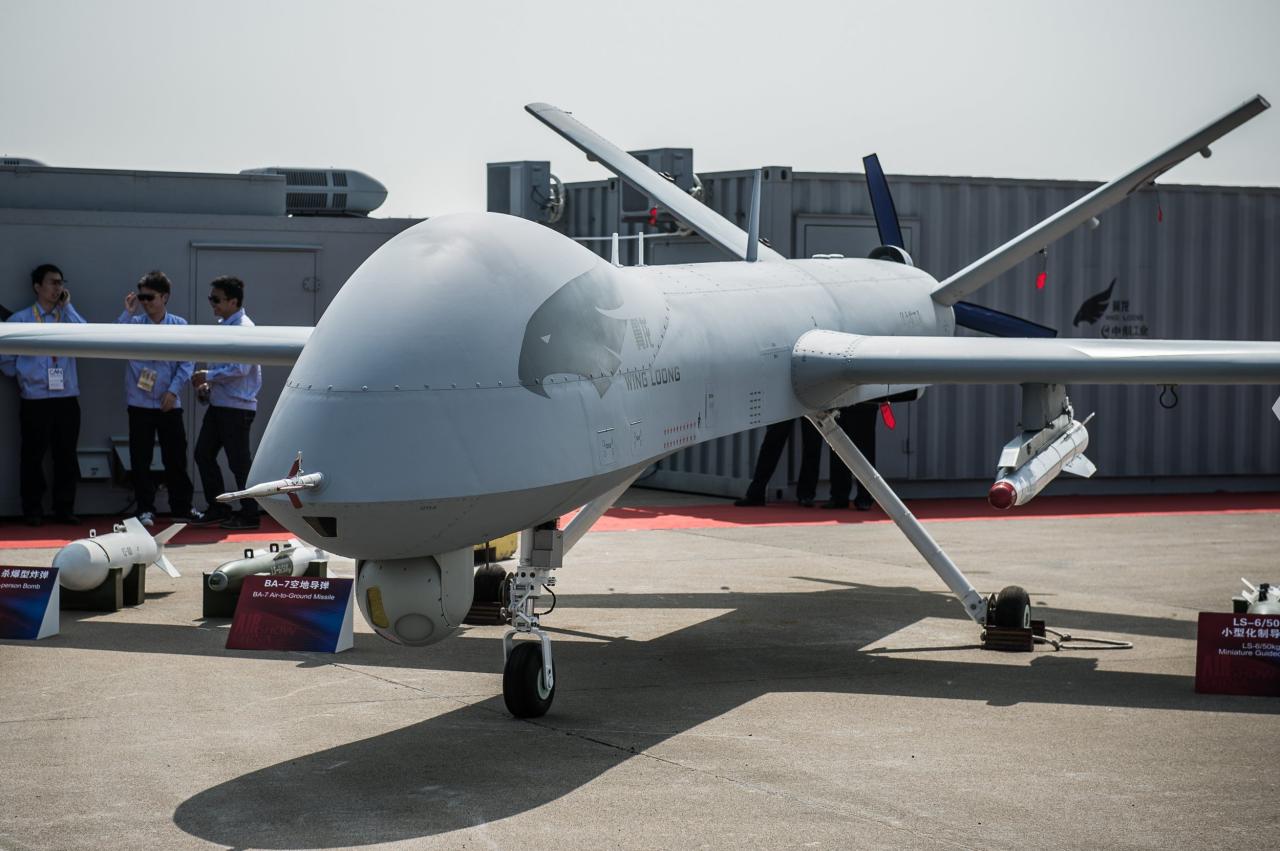China Drone Show 2032 paints a picture of a future brimming with advanced drone technology. Imagine swarms of autonomous drones delivering packages across sprawling cities, inspecting vast infrastructure projects with pinpoint accuracy, or assisting in emergency rescues with unparalleled speed. This exploration delves into the projected advancements in Chinese drone capabilities, their diverse applications, and the regulatory landscape shaping this rapidly evolving industry.
We’ll also consider the ethical and security implications of this technological leap.
From the potential for AI-powered drones to revolutionize agriculture to the role of government policy in fostering innovation, we’ll cover the key factors that will define the Chinese drone landscape in 2032. We’ll examine the projected technological leaps, comparing China’s progress with other global leaders in drone technology. The economic impact, both domestically and internationally, will also be explored.
Technological Advancements in Chinese Drone Technology by 2032
By 2032, significant leaps in Chinese drone technology are projected, driven by substantial investment in research and development. This advancement will encompass improvements in flight time, payload capacity, autonomous navigation, and AI integration, potentially surpassing some existing global standards.
Projected Advancements in Drone Specifications
Significant improvements in battery technology and aerodynamic design will lead to substantially longer flight times. Payload capacity will also increase, allowing for heavier equipment and larger cargo. Autonomous navigation systems will be more sophisticated, enabling drones to operate in complex environments with minimal human intervention. This will involve enhanced obstacle avoidance, GPS-denied navigation, and improved swarm coordination capabilities.
Comparison with Other Leading Nations
China’s drone technology in 2032 is expected to be highly competitive with that of other leading nations such as the United States, Israel, and Germany. While the US and Israel might maintain a slight edge in certain specialized military applications, China is likely to achieve parity or even surpass them in areas like civilian drone technology and mass production capabilities.
Germany’s focus on precision engineering could lead to competition in specific niche markets. The key differentiator for China will likely be its integration of AI and the scale of its domestic market.
AI and Machine Learning Integration
Artificial intelligence and machine learning will be deeply integrated into Chinese drones by 2032. This integration will enhance autonomous navigation, object recognition, and decision-making capabilities. AI-powered drones will be able to perform complex tasks such as precision agriculture, automated infrastructure inspections, and search and rescue operations with greater efficiency and accuracy than their predecessors. For example, AI will enable drones to identify specific crop diseases or structural weaknesses in bridges with high precision.
Projected Specifications of Chinese Drones in 2032
| Drone Model | Flight Time (hours) | Payload Capacity (kg) | AI Capabilities | Cost (USD) |
|---|---|---|---|---|
| SkyHawk X10 | 8 | 50 | Autonomous navigation, object recognition, obstacle avoidance, swarm coordination | 50,000 |
| Dragonfly Pro | 12 | 25 | Precision agriculture, real-time data analysis, crop health monitoring | 30,000 |
| Phoenix Surveyor | 6 | 100 | Infrastructure inspection, 3D mapping, structural analysis | 75,000 |
| Swift Responder | 4 | 15 | Emergency response, search and rescue, thermal imaging | 25,000 |
Potential Applications of Drones in China by 2032: China Drone Show 2032
The diverse applications of drones in China by 2032 will revolutionize numerous sectors. From agriculture and logistics to urban planning and emergency response, drones are poised to significantly improve efficiency and productivity across the board.
Civilian Applications
- Agriculture: Precision spraying of pesticides and fertilizers, crop monitoring, livestock management.
- Logistics: Delivery of goods, particularly in remote or densely populated areas.
- Infrastructure Inspection: Bridge and pipeline inspections, power line monitoring, surveying.
- Environmental Monitoring: Air quality monitoring, wildlife surveys, deforestation tracking.
Emergency Response
Drones will play a crucial role in emergency response scenarios, providing rapid assessment of disaster areas, delivering essential supplies, and assisting in search and rescue operations. For instance, during floods, drones can map affected areas and locate stranded individuals, guiding rescue teams effectively. In wildfires, they can provide real-time information about fire spread and assist in firefighting efforts.
Urban Planning and Management, China drone show 2032
Drones will be used extensively for urban planning and management, providing high-resolution aerial imagery for city mapping, traffic monitoring, and urban infrastructure assessment. They can also assist in identifying areas needing improvement, such as inefficient public transportation routes or areas with poor air quality.
Economic Impact
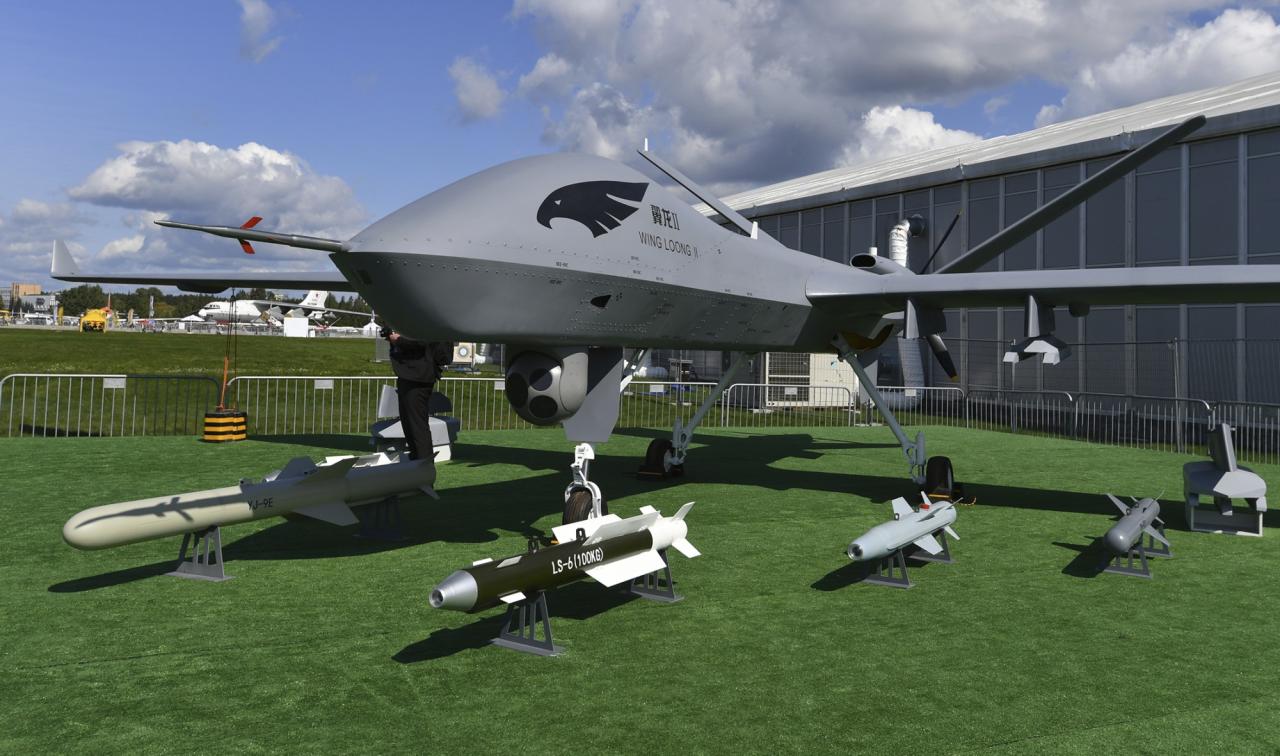
- Increased efficiency and productivity across various sectors.
- Creation of new jobs in drone manufacturing, operation, and maintenance.
- Improved resource management and reduced waste.
- Enhanced public safety and emergency response capabilities.
- Stimulation of economic growth in related industries.
The Role of Government Policy and Regulation in the Drone Industry
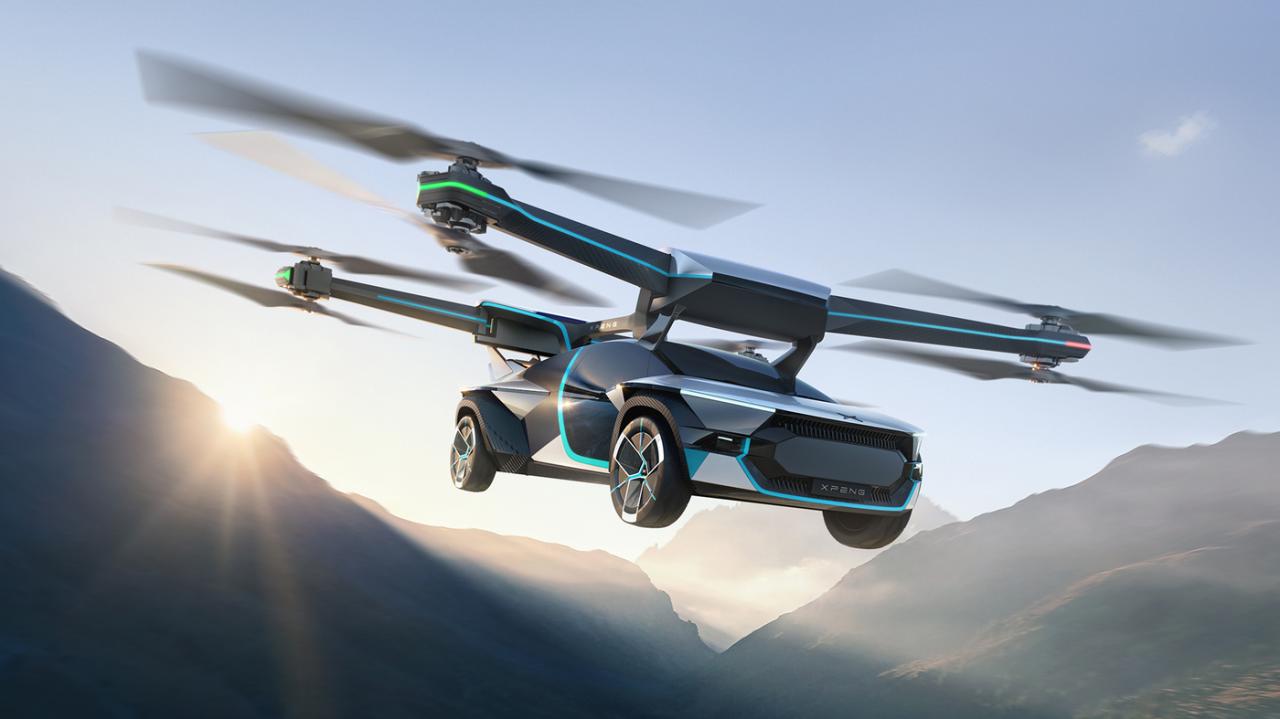
Government policies and regulations will play a pivotal role in shaping the Chinese drone industry’s growth and development by 2032. A balanced approach that fosters innovation while ensuring safety and security is crucial.
Key Government Policies and Their Impact
| Policy Area | Regulation Type | Predicted Impact on Industry Growth | Potential Challenges |
|---|---|---|---|
| Drone Registration and Licensing | Strict regulations with tiered licensing based on drone type and application. | Initially may slow growth but will ultimately ensure safety and responsible use, fostering long-term growth. | Potential bureaucratic hurdles and complexities in implementation. |
| Data Privacy and Security | Clear guidelines on data collection, storage, and usage, emphasizing user consent and data protection. | Enhances public trust and encourages wider adoption. | Balancing data privacy with the need for efficient data analysis for applications like urban planning. |
| Air Traffic Management | Integration of drones into existing air traffic management systems. | Enables safe and efficient operation of drones in crowded airspace. | Requires significant investment in infrastructure and technological upgrades. |
| Drone Technology Standards | Establishment of national standards for drone manufacturing and performance. | Promotes interoperability and ensures quality control. | Requires collaboration between government agencies and industry stakeholders. |
Security and Ethical Considerations of Widespread Drone Use
The widespread adoption of drones presents both security and ethical challenges that require careful consideration and proactive solutions. Balancing the benefits of drone technology with the potential for misuse is crucial for responsible development.
Security Risks and Ethical Implications
Potential security risks include unauthorized access, malicious use for surveillance or attacks, and data breaches. Ethical concerns arise from the use of drones for mass surveillance without proper oversight, potential biases in AI-driven decision-making, and the impact on individual privacy. The potential for misuse in authoritarian regimes is also a major concern.
Addressing Security and Ethical Concerns
Solutions include robust security protocols, encryption technologies, strict regulations on drone operation, ethical guidelines for AI development, and mechanisms for public oversight and accountability. Transparency in data collection and usage practices is paramount. Independent audits of AI algorithms used in drones can help mitigate biases and ensure fairness.
Hypothetical Ethical Dilemma
Imagine a scenario in a bustling Chinese city where drones equipped with facial recognition technology are used for surveillance to enhance public safety. While this might deter crime, it also raises ethical questions about privacy violation and potential misuse of the collected data for discriminatory purposes. The ethical conflict lies in balancing the need for security with the protection of individual rights and freedoms.
The potential for bias in the facial recognition algorithms also needs to be addressed to ensure fairness and prevent unjust targeting of specific groups.
International Collaboration and Competition in the Drone Sector
By 2032, the global drone market will be a highly competitive landscape, with China playing a significant role. International collaboration and competition will shape the industry’s trajectory.
Global Market Comparison and Collaboration
China’s drone industry is projected to be a major global player, competing with established players like the US and Israel, and emerging players in Europe and Asia. Areas of potential collaboration include the development of international standards for drone operation and safety, joint research projects on advanced drone technologies, and the sharing of best practices for drone regulation. Competition will primarily focus on technological innovation, cost-effectiveness, and market share.
Imagine the China drone show 2032: thousands of drones painting breathtaking aerial displays. It makes you think about the complexities of managing such a large-scale operation, especially considering potential risks, like the kind highlighted in the report on the fullerton plane crash , which underscores the importance of robust safety protocols. For the China drone show to be truly spectacular and safe, meticulous planning and advanced technology will be crucial.
Opportunities for Chinese Drone Manufacturers
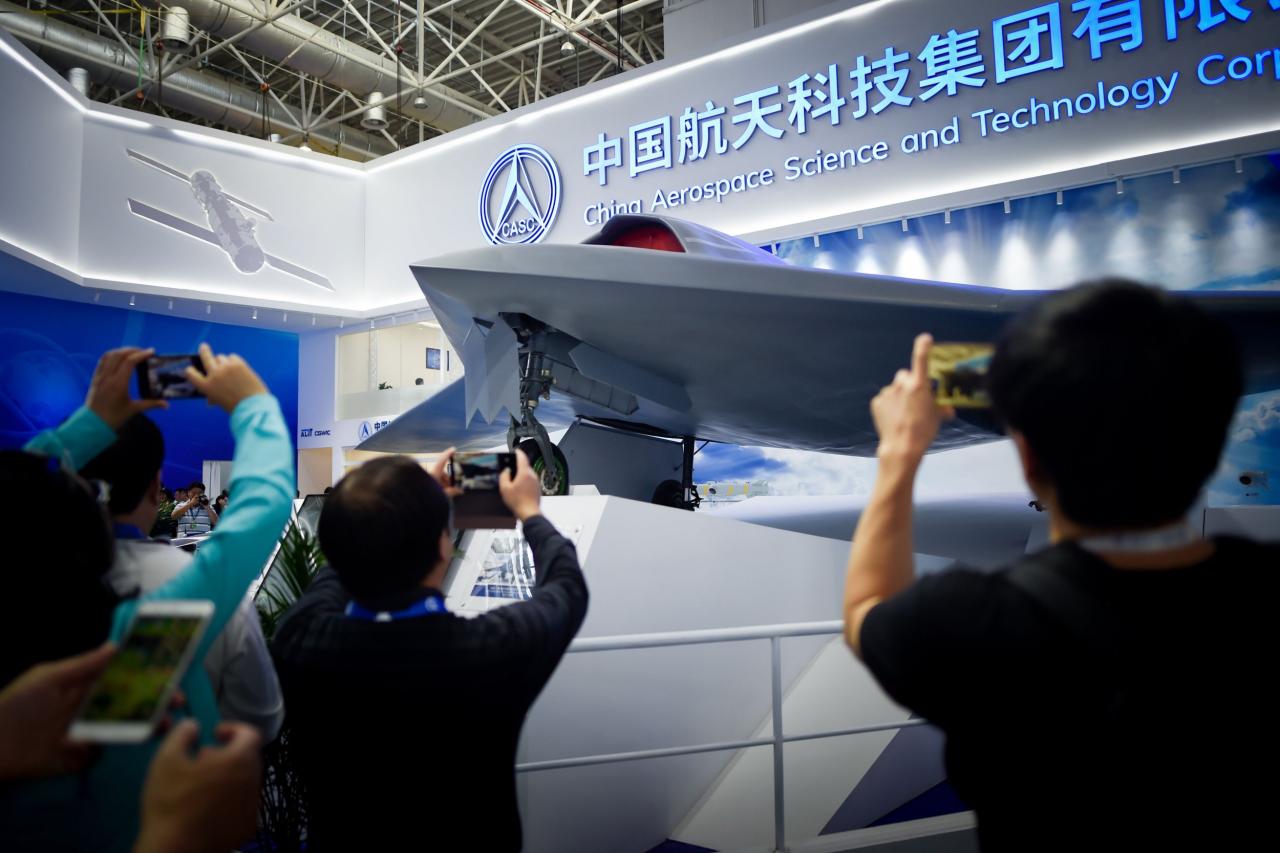
Chinese drone manufacturers can expand their global market share by focusing on cost-effective manufacturing, developing innovative drone technologies, and establishing strong partnerships with international companies. Adapting to different regulatory environments in various countries and providing localized solutions will be crucial for success.
Influence of Global Trade Policies and Technological Advancements
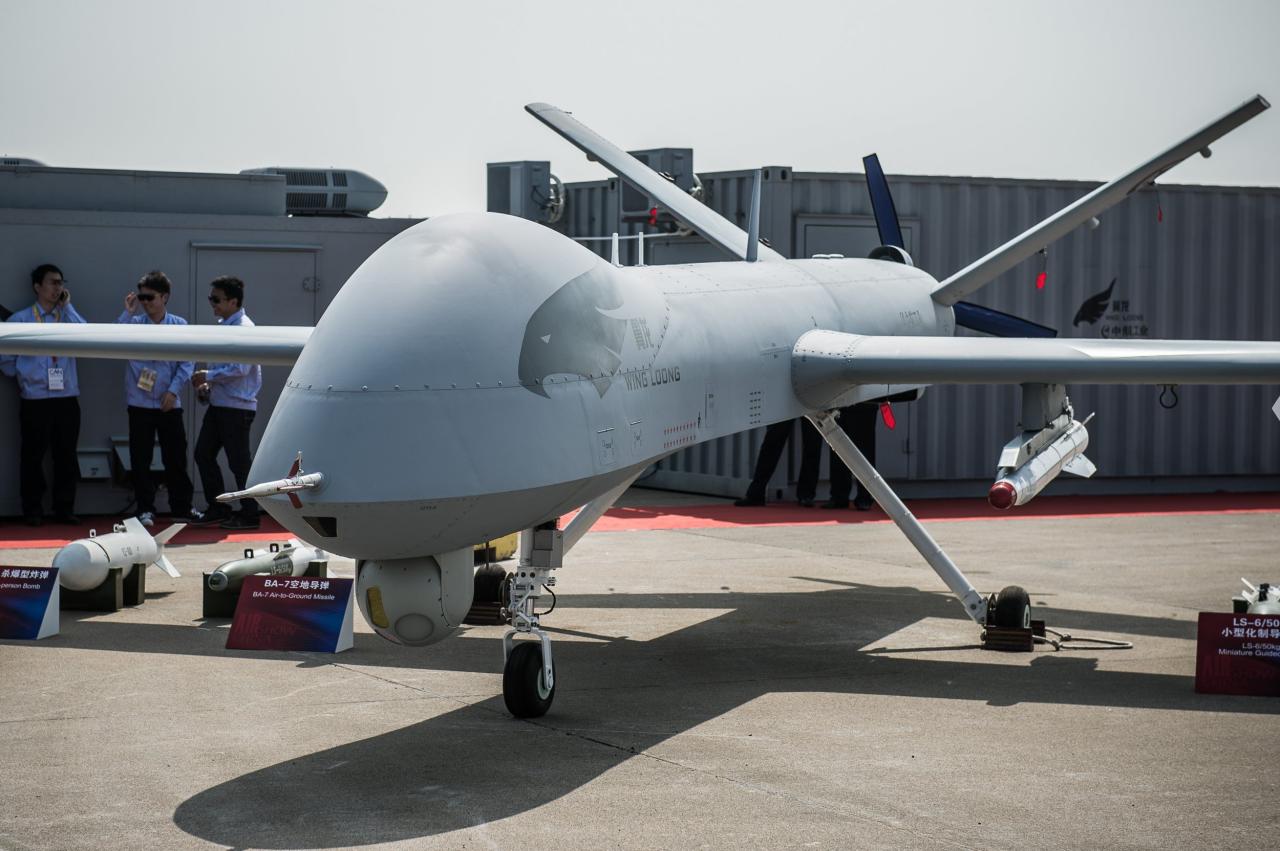
- Trade protectionism could limit the expansion of Chinese drone manufacturers into certain markets.
- Technological breakthroughs in areas such as battery technology and AI could significantly alter the competitive landscape.
- International collaborations on standardization and safety regulations could foster a more level playing field.
- The increasing demand for drones in various sectors globally will create opportunities for growth.
Concluding Remarks
By 2032, China’s drone industry is poised to be a major global force. The advancements discussed, from autonomous navigation to increased payload capacity, suggest a future where drones play a significant role in various sectors. However, careful consideration of the ethical and security implications is crucial to ensure responsible development and deployment. The interplay between technological progress, government regulation, and international collaboration will ultimately determine the success and impact of this transformative technology.
Thinking about the massive China drone show planned for 2032? To get a sense of the scale and spectacle we can expect, check out the amazing displays already happening, like the incredible artistry shown in previous years’ china new year drone shows. These smaller shows offer a taste of the technological prowess and creative potential that will undoubtedly be on full display in the 2032 mega-event.
So, get ready for something truly breathtaking!
Clarifying Questions
What are the biggest challenges facing the growth of China’s drone industry?
Balancing innovation with stringent safety regulations, addressing ethical concerns surrounding data privacy and surveillance, and navigating international competition are key challenges.
How will consumer drones evolve by 2032?
Okay, so you’re curious about the China Drone Show 2032? To get a feel for the scale and spectacle we can expect, check out the amazing visuals from past events like the shanghai new year drone show. That show gives you a good idea of the kind of coordinated drone displays that might be showcased in 2032, only bigger and even more impressive.
Think of it as a preview of the technological advancements we’ll see at the China Drone Show 2032.
Expect longer flight times, improved camera quality, more sophisticated autonomous features, and potentially even more affordable prices for consumer drones.
What role will international collaboration play in shaping the future of drone technology?
Collaboration on standards, safety protocols, and research and development will be crucial for the responsible global adoption of drone technology.
